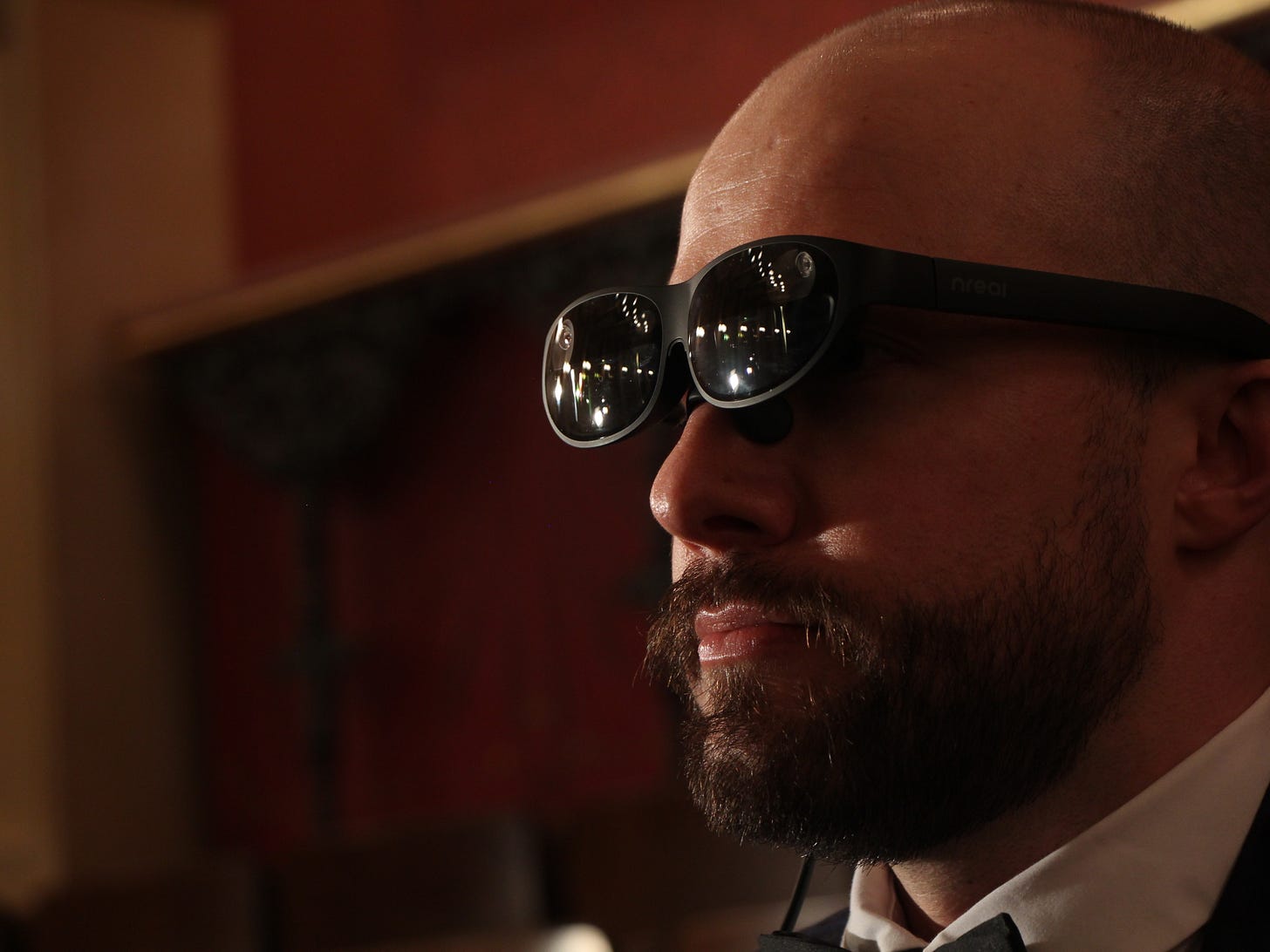Bayreuth : can Wagner be saved ? (1/2)
Looking at the Bayreuth Festival with a conservative eye
The Bayreuth Festival 2023 came to a close on August 28. For more than 20 years, the author has attended the opera performances on the Green Hill. In this two-part article, he describes his impressions, takes stock and asks about the future of the festival.
Author: Bernd Fischer
The Festival and I have drifted…
Keep reading with a 7-day free trial
Subscribe to Leidmotief | Leitmotif to keep reading this post and get 7 days of free access to the full post archives.




